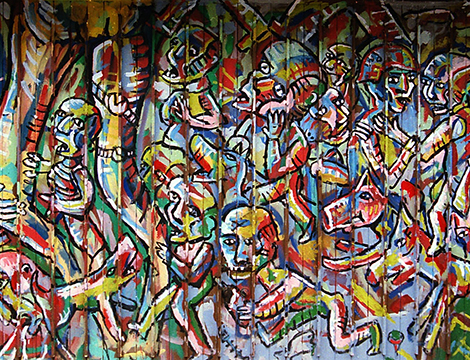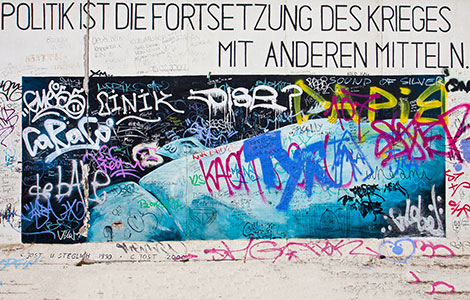
This article was originally published in Conflict Trends 2019/1 by the African Centre for the Constructive Resolution of Disputes (ACCORD) on 24 June 2019.
“The small is as important as the bigger picture. It is these smaller things, if they are coordinated, that can lead to the transformation of the bigger picture” (p. 10). These are the first two sentences of a recently published book on mediation in fragile contexts, written by Kenyan-Somali peacebuilder, Dekha Ibrahim Abdi, and Swiss researcher-practitioner, Simon Mason. These opening lines capture the essence of the book. The book is broadly concerned with how to deal with violent societal conflict ranging from intercommunity and community-state to nationwide ethnopolitical conflict. A common thread throughout the book is how small steps in peace processes taken by mediators and conflict parties from the bottom up can eventually lead to peace.




